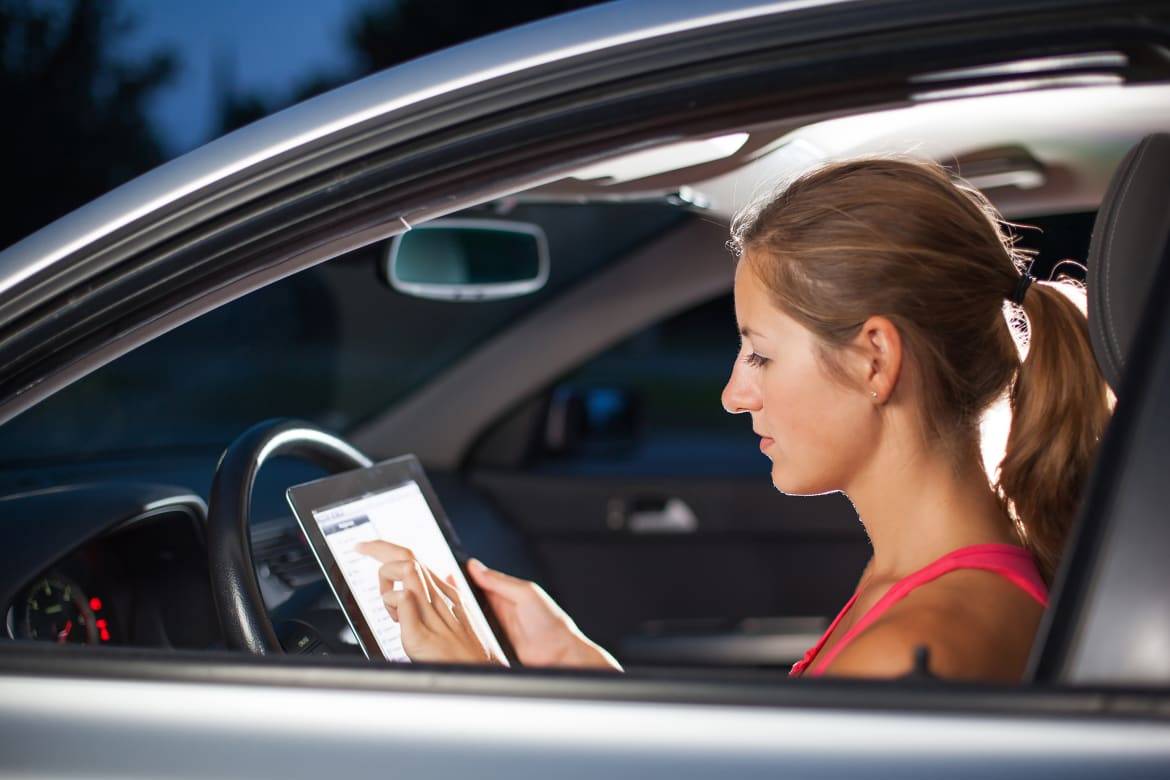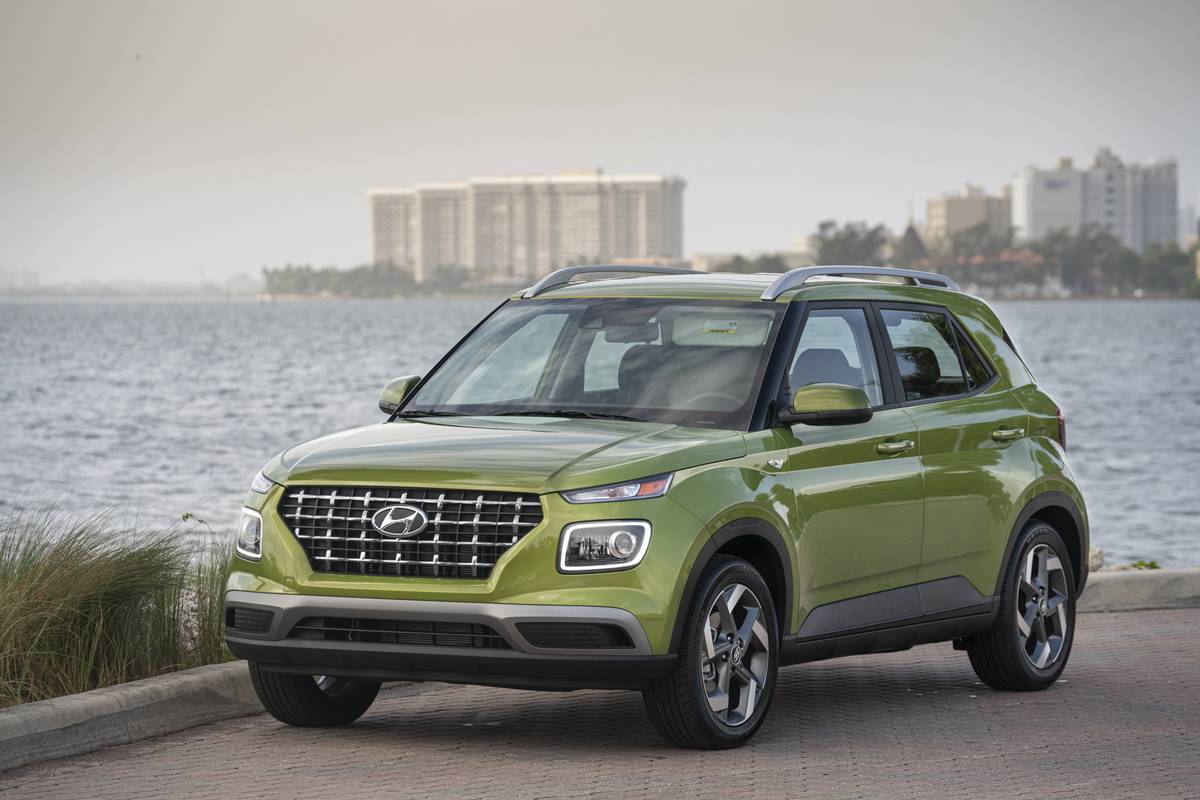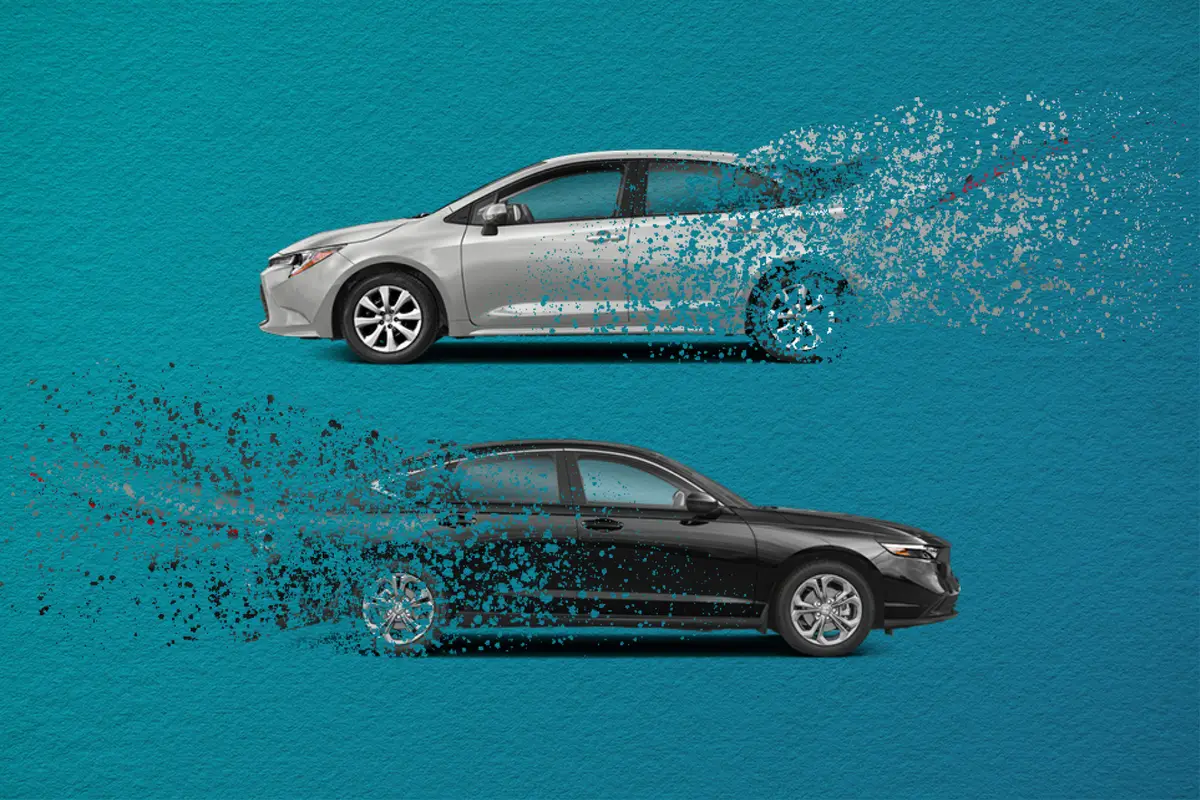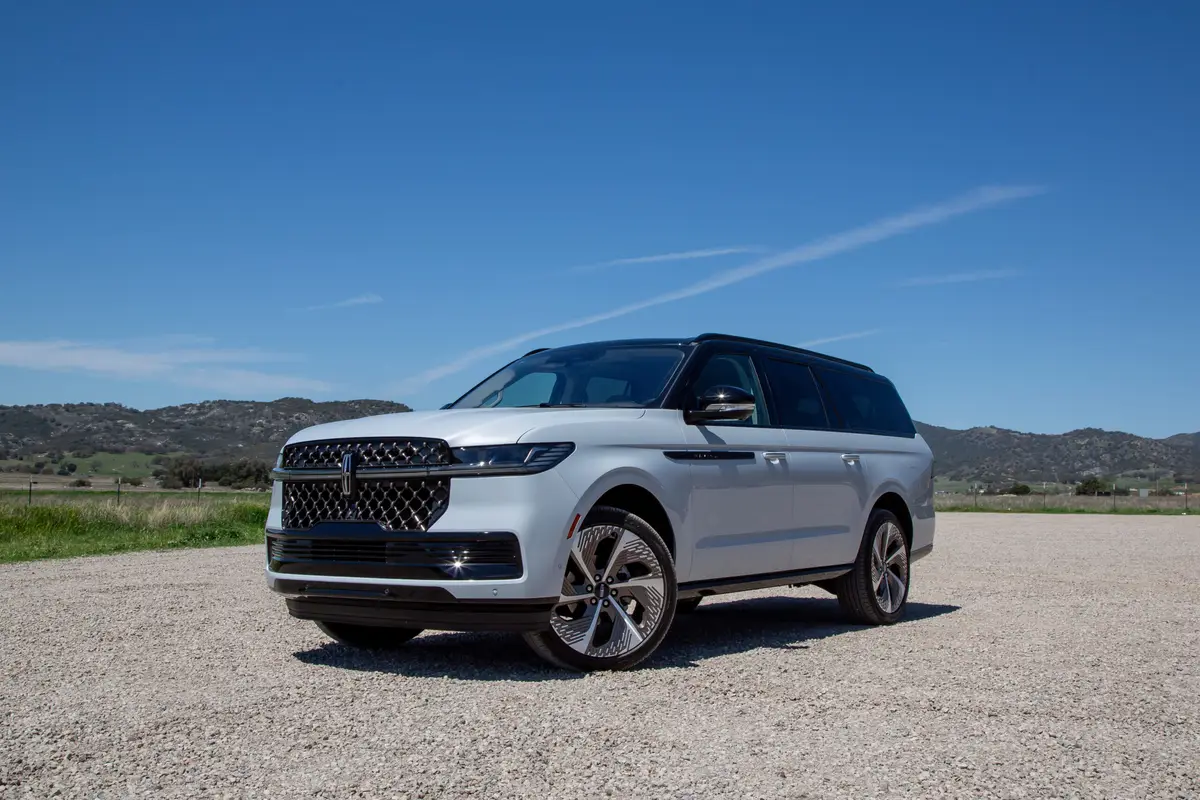Drivers Slower to Take Over in Automated Cars


CARS.COM — Drivers of automated cars vary widely in how fast they react when the car’s systems need them to take over, according to a new study published in Human Factors: The Journal of the Human Factors and Ergonomics Society.
Their reaction times also are significantly slower if they are doing something else, such as reading, while the systems are controlling the car, according to the study Alexander Eriksson and Neville A. Stanton of the University of Southhampton in England.
Related: This Is Your Brain on Apps: The Distracted Driving Dilemma
That’s important because all cars with automated driving systems currently on the road and likely in the near future require the driver to be ready to take over if the system fails or if driving conditions are beyond the system’s capabilities.
The study indicates that:
- Automakers designing automated systems cannot rely on average or median reaction times to determine when and how to warn the driver to take control. The variation among individuals actually is very wide and should be considered.
- Automated driving systems need to account for whether the driver is preoccupied, either by having the car monitor the driver or having the driver tell the car he or she will be reading, doing email or otherwise occupied.
The study tested 26 people ages 20 to 52 years old with a minimum of a year’s driving and average experience of more than 10 years. They were tested in a Jaguar-based autonomous car simulator, driving it manually, with it driving autonomously and with it driving autonomously while they read a copy of National Geographic. The conditions simulated a car traveling at 70 mph on a barrier-divided highway with three lanes, some curves and moderate traffic. Drivers were told they could take over at any time and that the automated system might require it at any time. They also were reminded that, under current laws, the driver is always responsible for safety and must be prepared to take over.
The researchers note that while many studies have emphasized average or median reaction times, they found wide swings among their subjects. While the median time to react for their group when unoccupied was 4.46 seconds, they ranged from about 2 seconds to nearly 26 seconds.
When their noses were buried in National Geographic, they took a median time of 6.06 seconds (ranging from about 3 to about 21 seconds). That additional 1.5 seconds to take over doesn’t sound like a lot until you consider that the car is going about 103 feet per second at 70 mph.
That’s about the speed at which a Florida driver was killed last year after his Tesla Model S, operating on Tesla’s Autopilot system, crashed when neither he nor the car reacted to a truck crossing the road ahead.

Former D.C. Bureau Chief Fred Meier, who lives every day with Washington gridlock, has an un-American love of small wagons and hatchbacks.
Featured stories



2025 Lincoln Navigator Review: Elephantine Elegance

